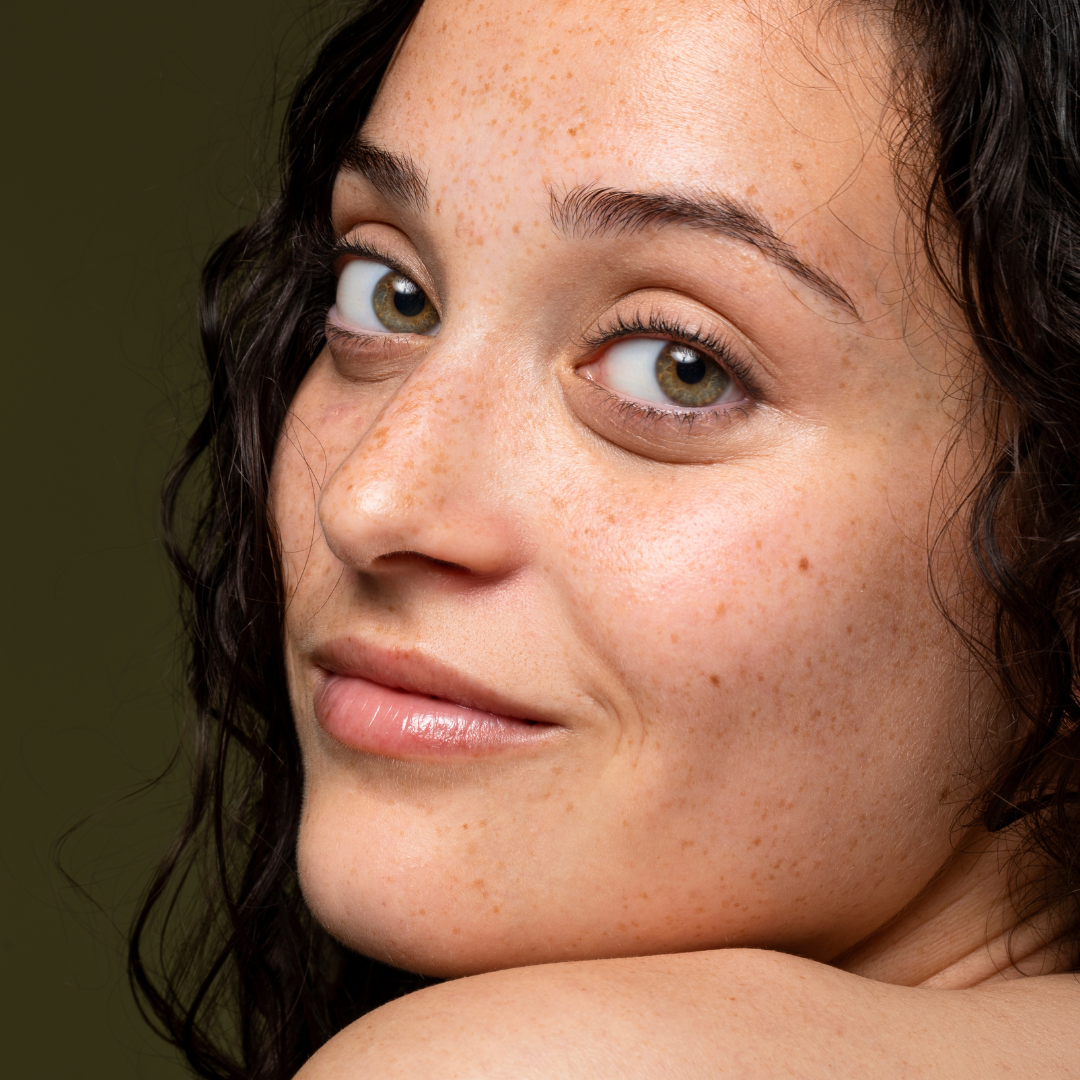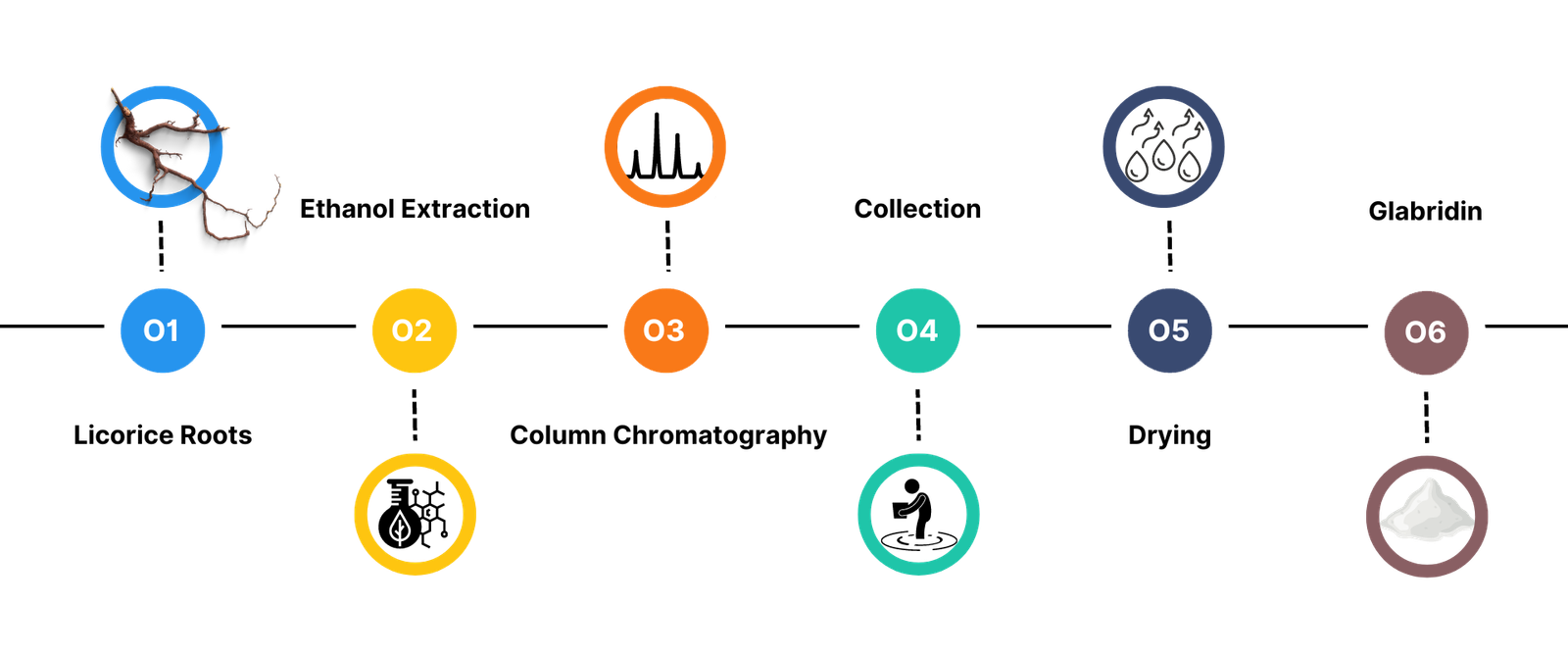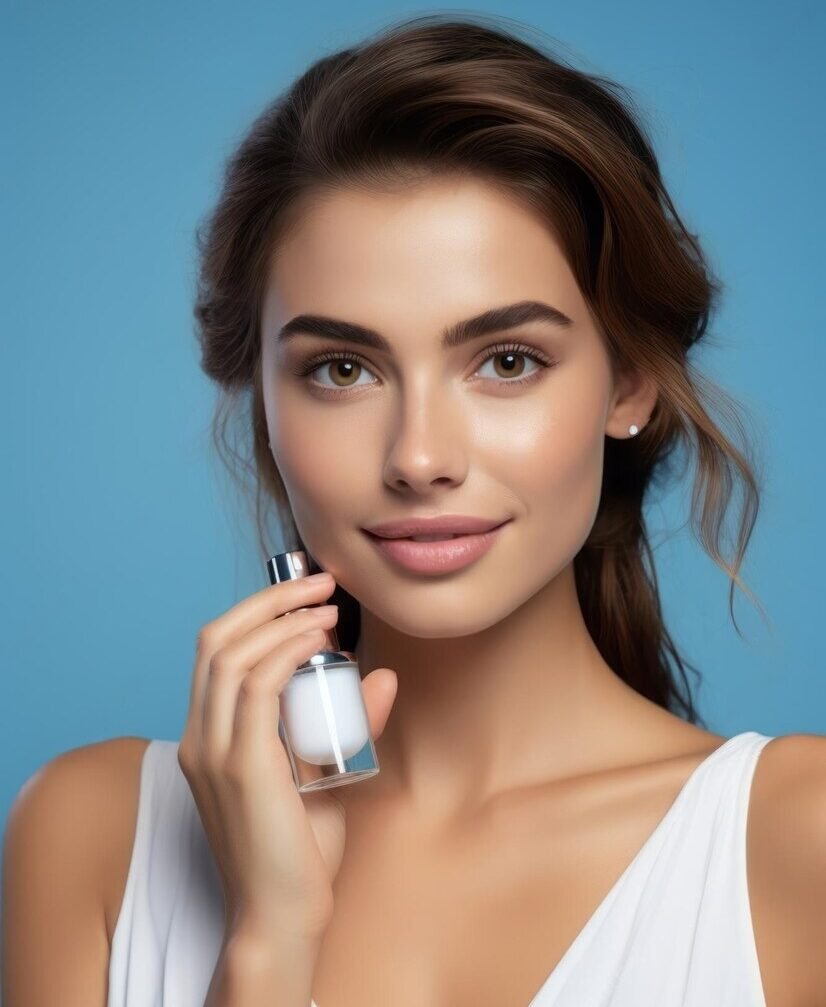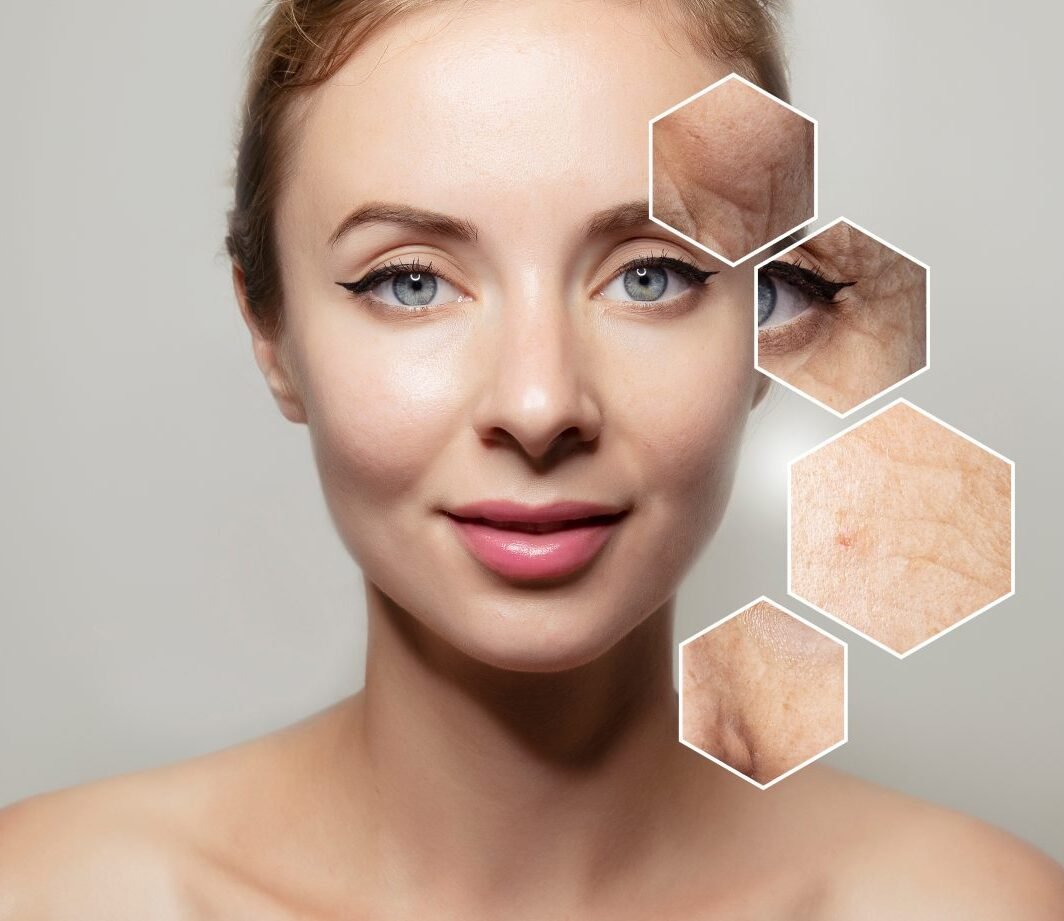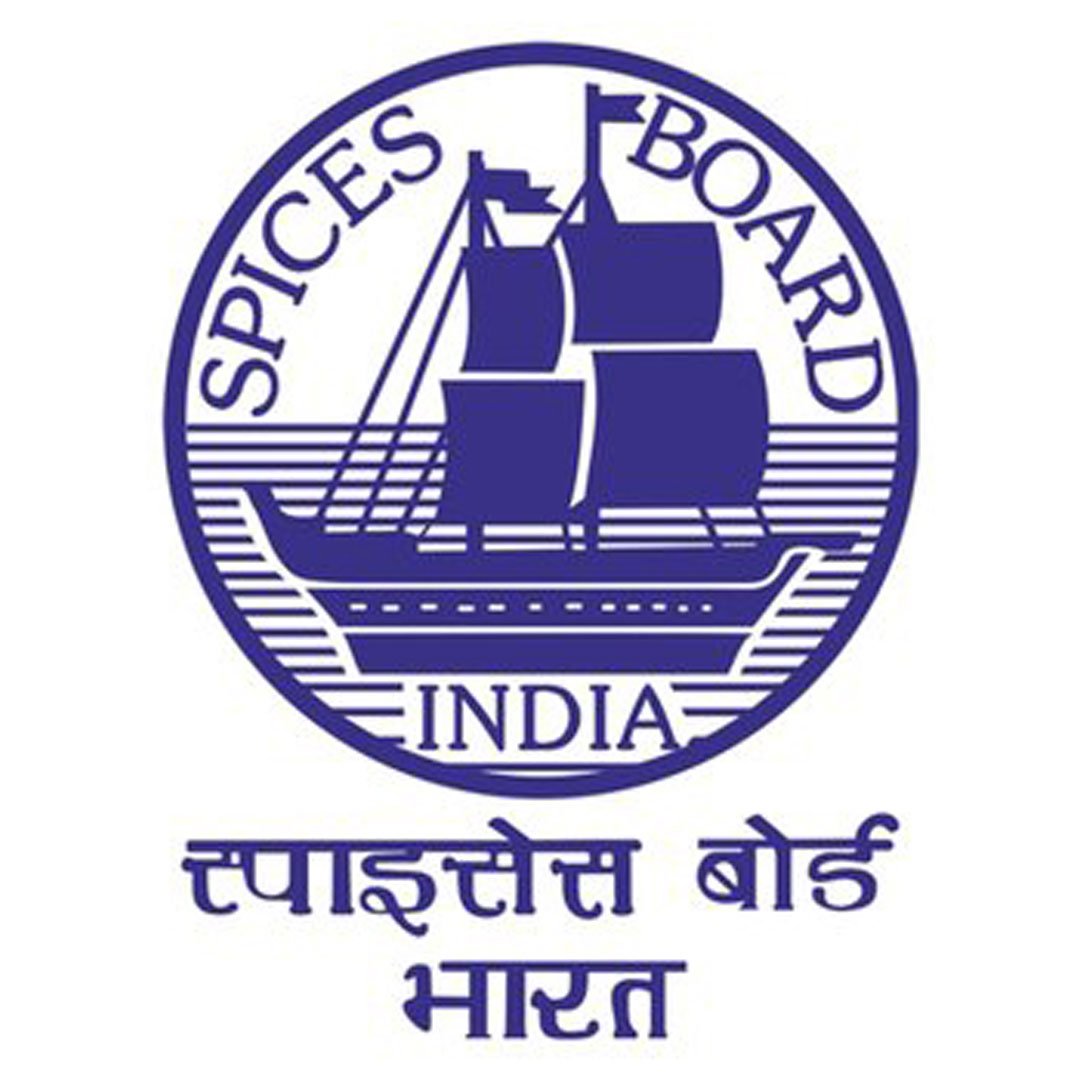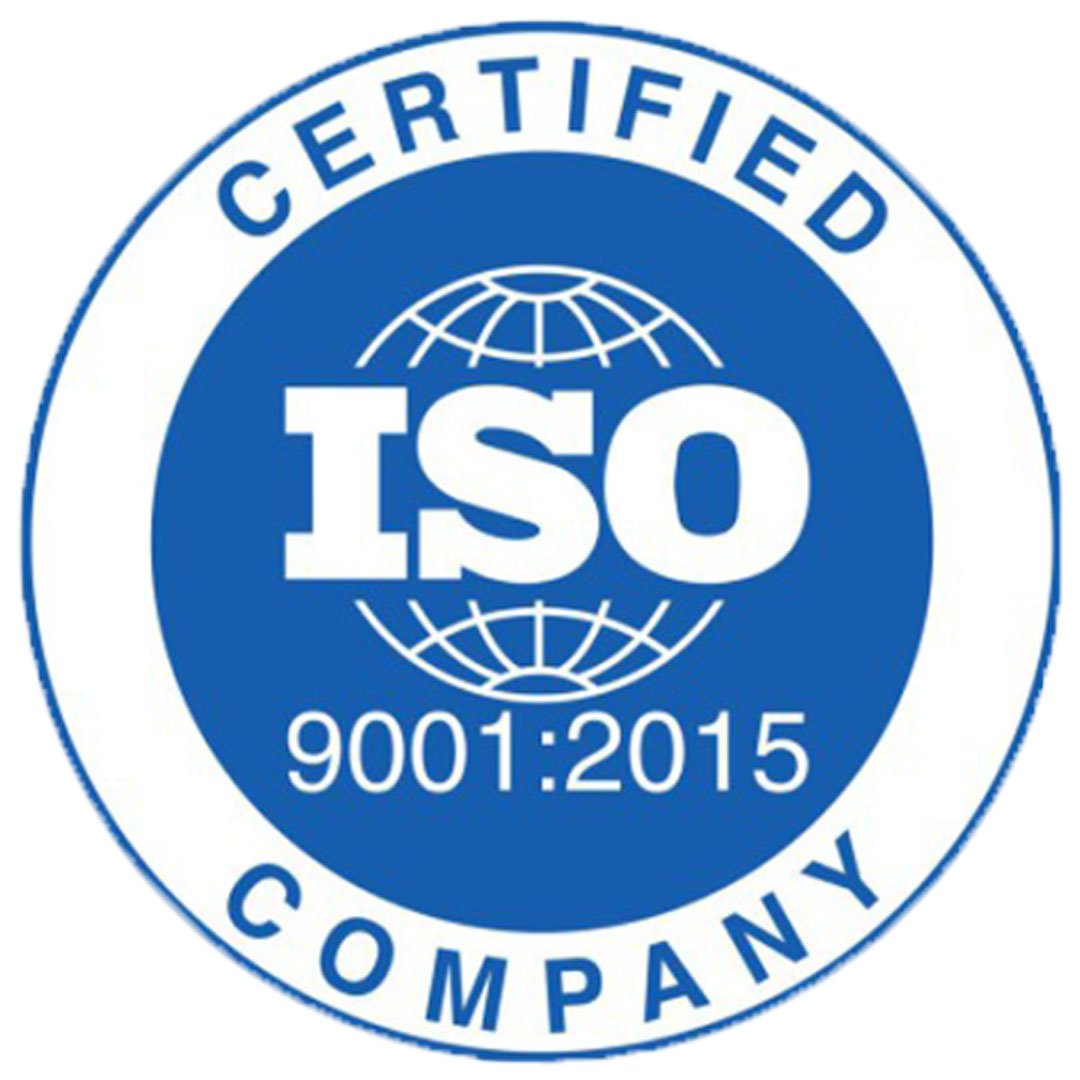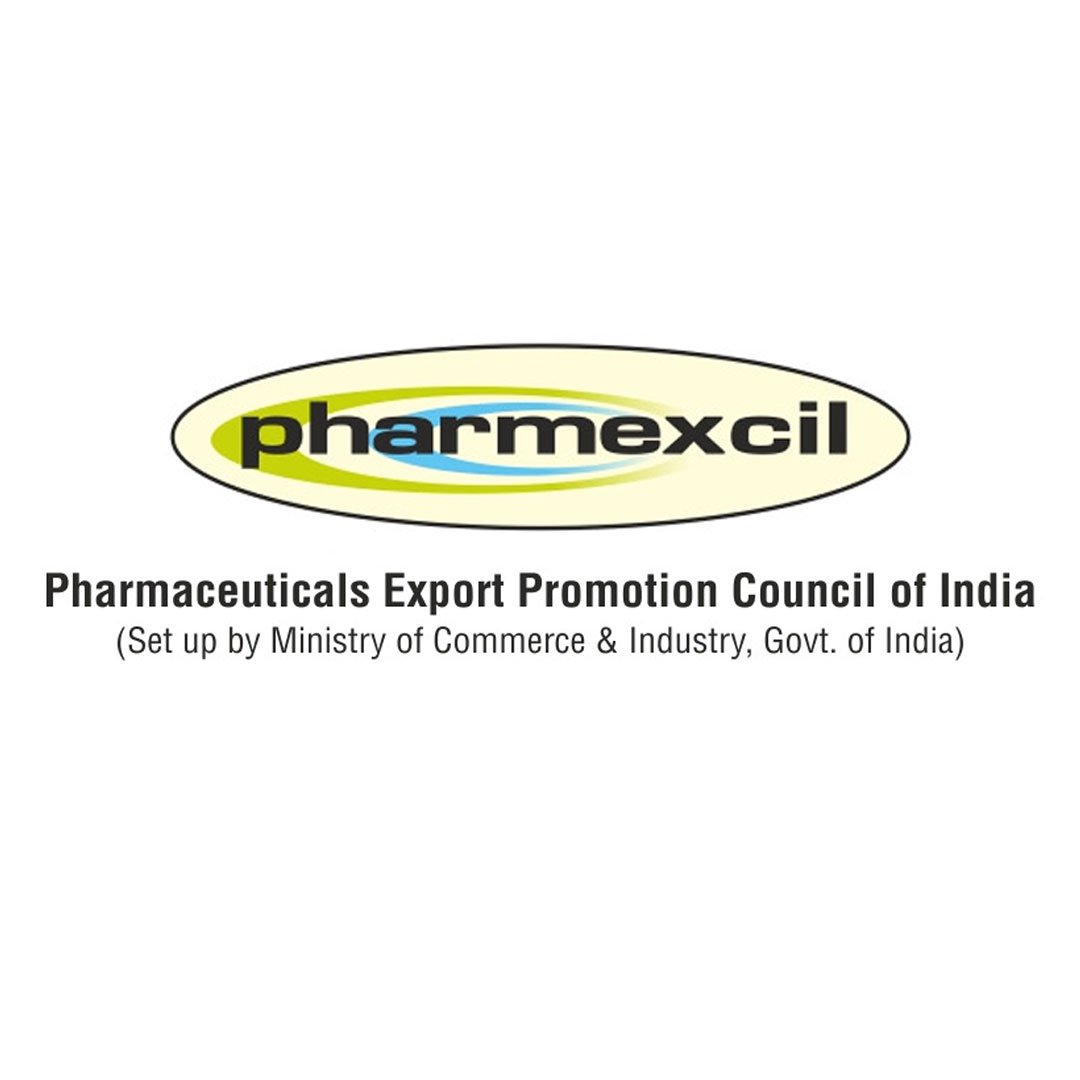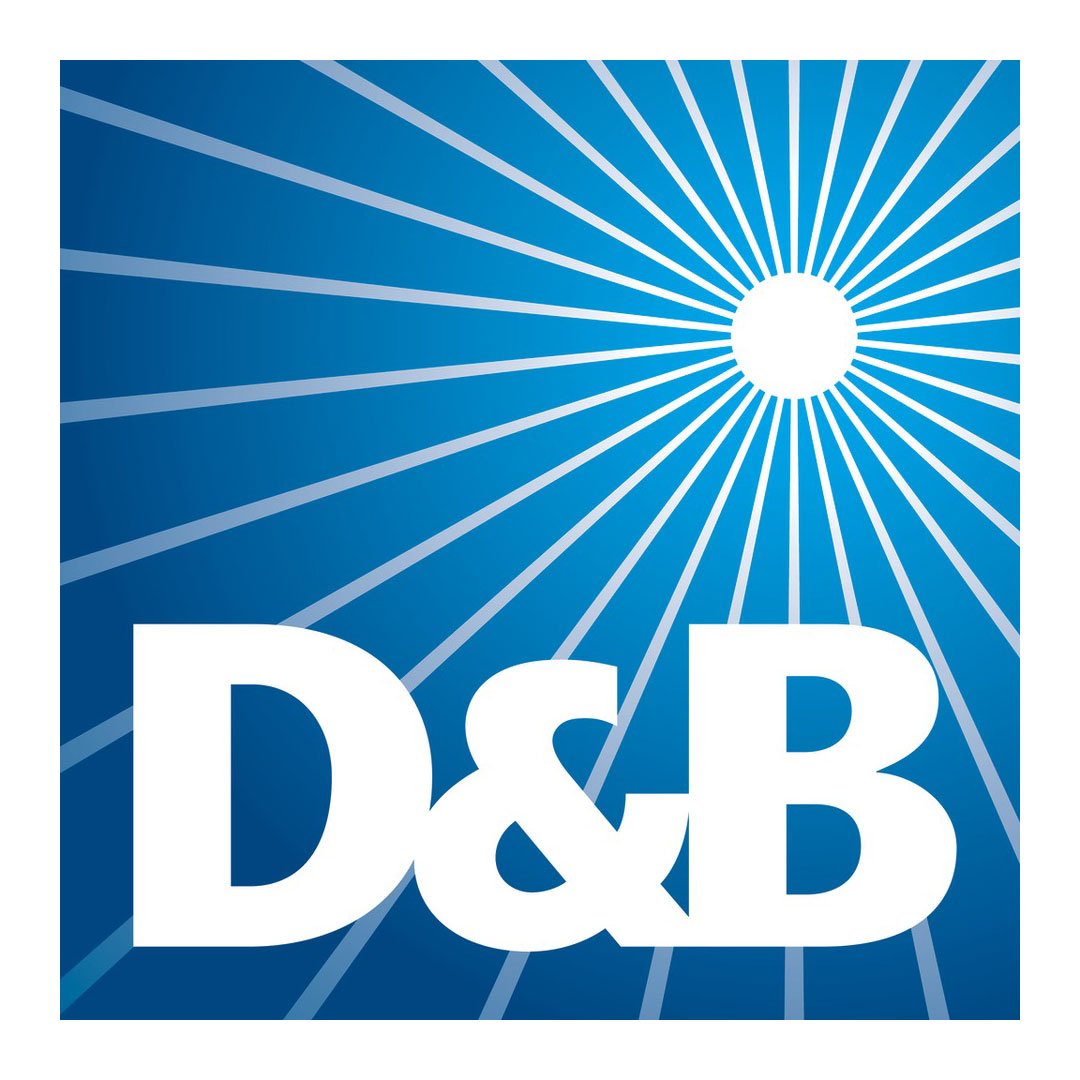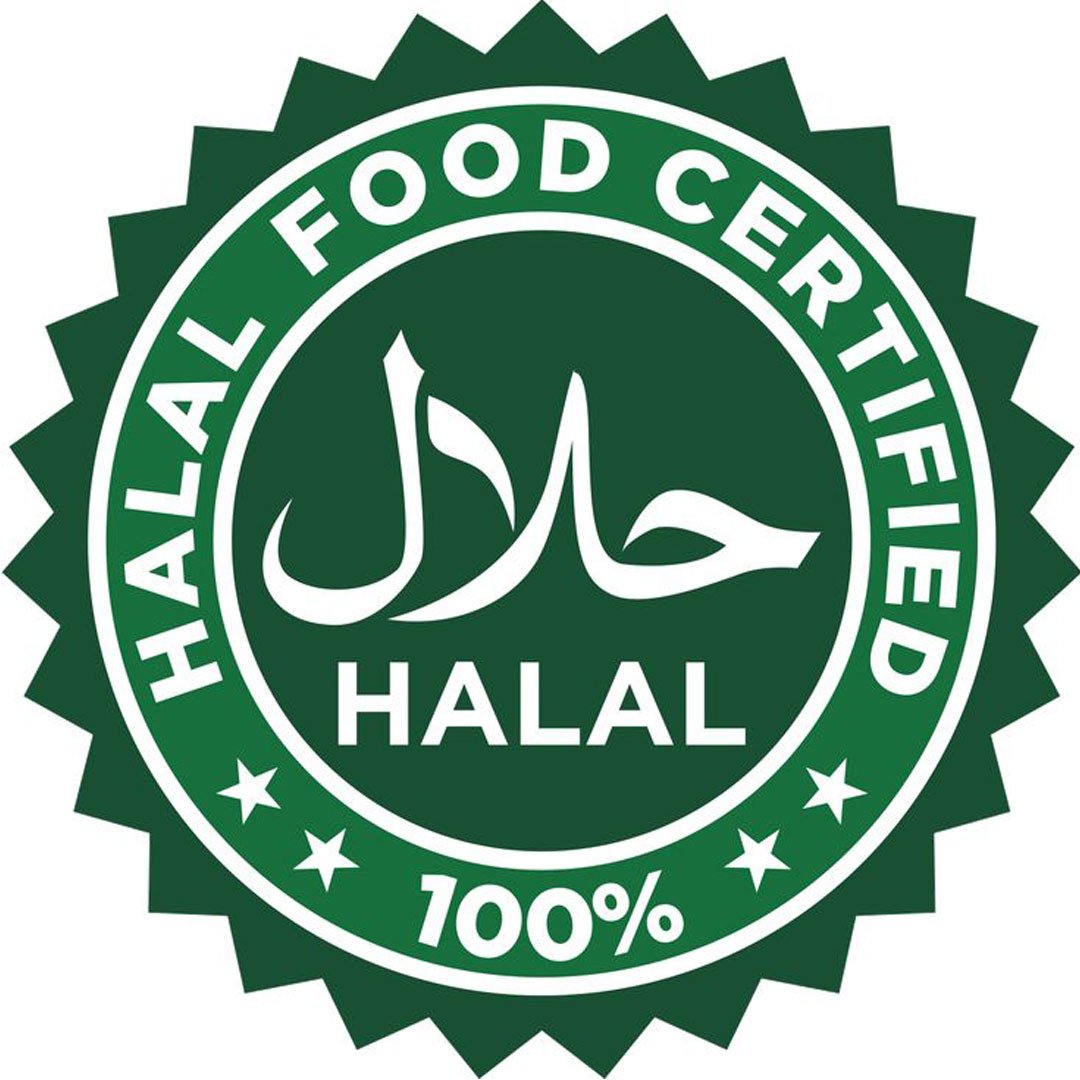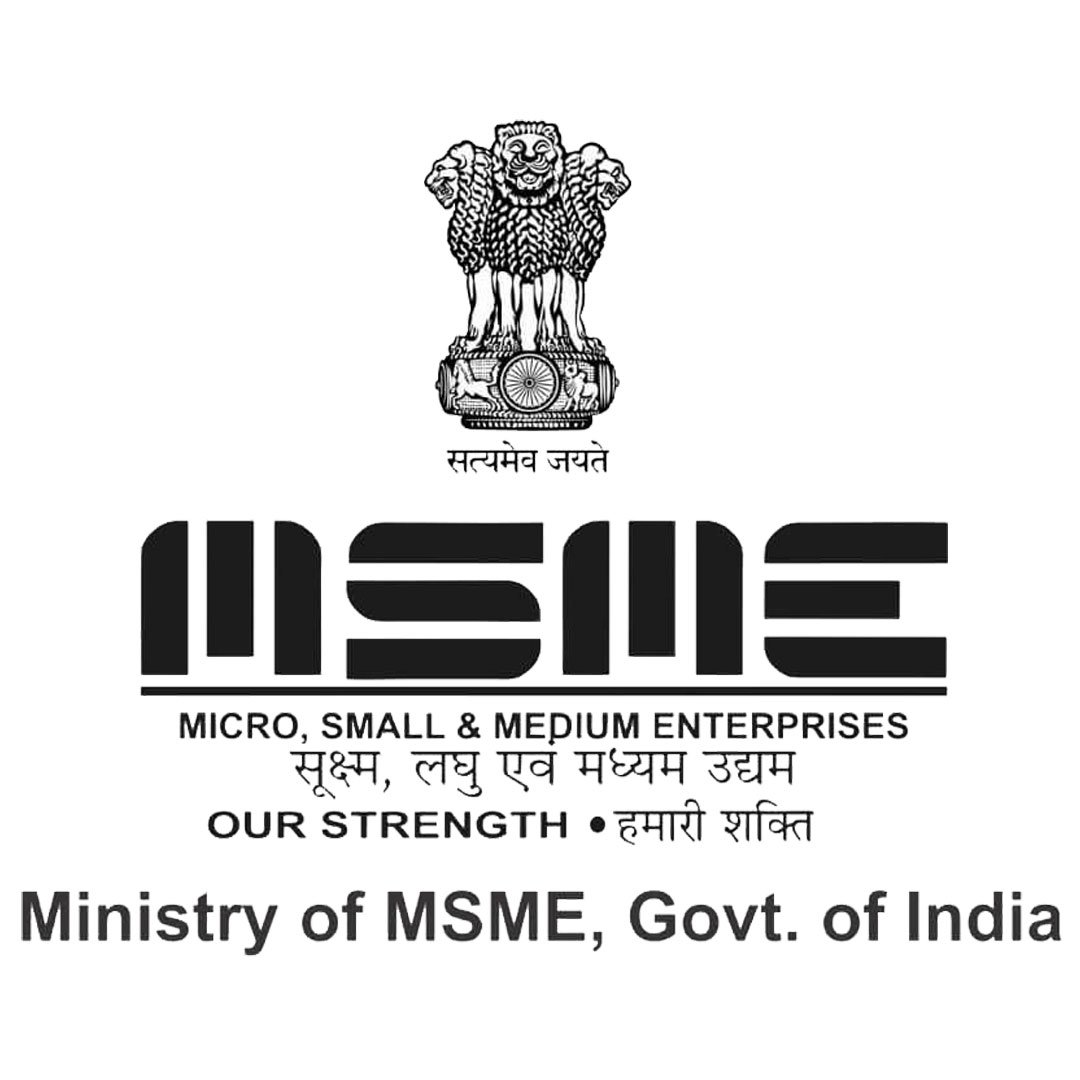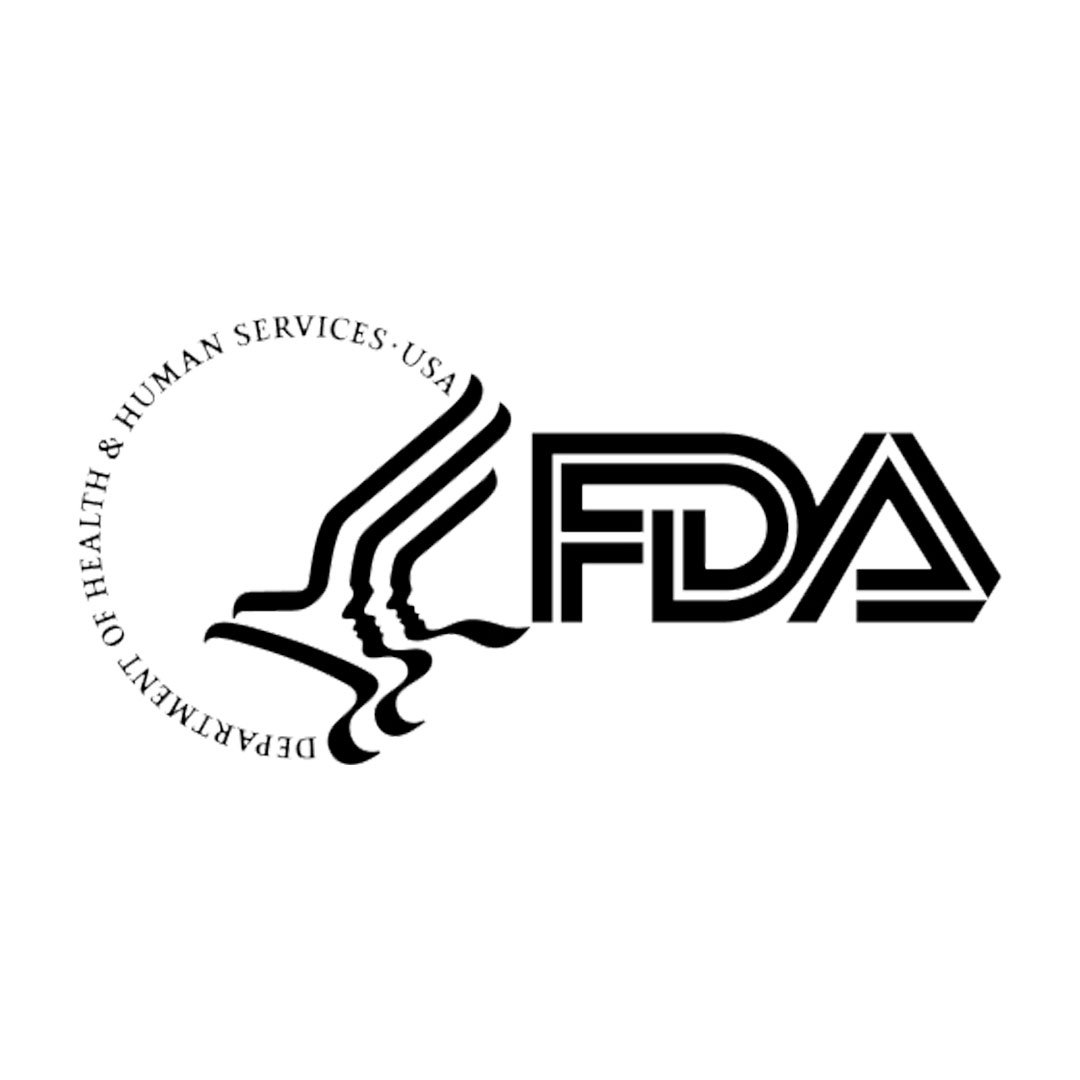Scientific Studies and References on Glabridin
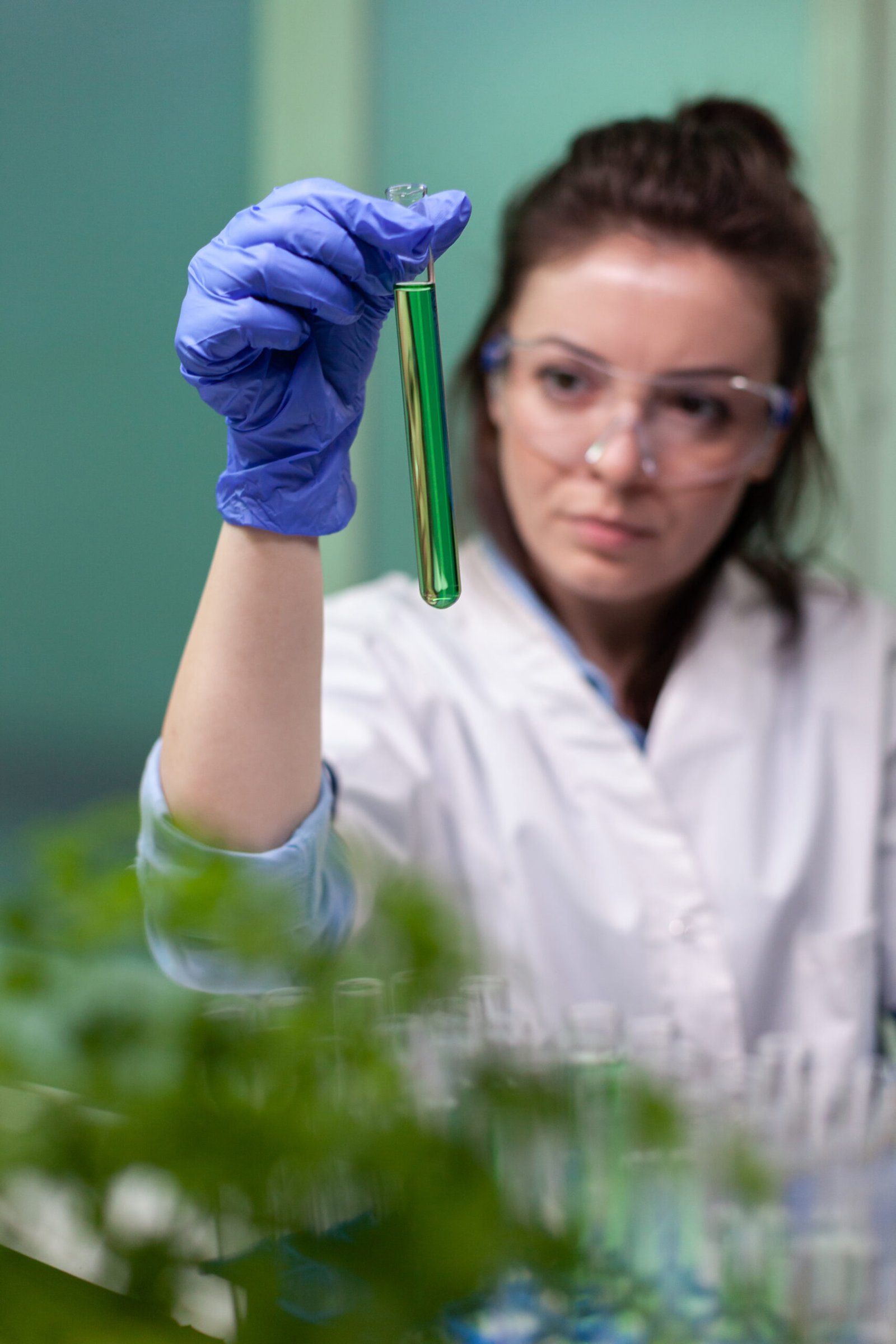
- Hakozaki, T. et al. (2002). The effect of niacinamide on reducing cutaneous pigmentation and suppression of melanosome transfer. British Journal of Dermatology, 147(1), 20-31.
- Kim, M. J. et al. (2015). Anti-oxidative and anti-inflammatory effects of glabridin in human keratinocytes. Immune Network, 15(4), 216-223.
- Kim, K. et al. (2018). Glabridin inhibits inflammation via the activation of phosphoinositide 3-kinase/protein kinase B (PI3K/AKT) signaling. International Immunopharmacology, 65, 388-397.
- Armanini, D. et al. (2002). Licorice reduces serum testosterone in healthy women. Steroids, 67(10), 763-767.
- Yoon, G. et al. (2017). Glabridin, an isoflavan from licorice root, inhibits migration, invasion and angiogenesis, and induces apoptosis by inhibiting the nuclear factor-kappaB transcription pathway. International Journal of Oncology, 50(4), 1530-1538.
- Cho, S. et al. (2009). A mechanism by which licorice flavonoids increase skin elasticity: Upregulation of collagen fibrillogenesis via the PPAR-γ–Smad signal pathway. Skin Pharmacology and Physiology, 22(3), 115-125.
- Yoon, J. et al. (2016). Glabridin inhibits UVB-induced melanogenesis by inhibiting PI3K. International Journal of Molecular Sciences, 17(9), 1417.
- Wang, L., Yang, R., Yuan, B., et al. The antiviral and antimicrobial activities of licorice, a widely-used Chinese herb. Acta. Pharmac. Sin. B 5(4), 310-315 (2015).
- Ming, J. and Yin, A.C. Therapeutic effects of glycyrrhizic acid. Nat. Prod. Commun. 8(3), 415-418 (2013).
- Lee, K.J., Oh, Y.C., Cho, W.K., et al. Antioxidant and anti-inflammatory activity determination of one hundred kinds of pure chemical compounds using offline and online screening HPLC assay. Evid. Based Complement. Alternat. Med. 165457 (2015).
- Simmler, C., Pauli, G.F., and Chen, S.-N. Phytochemistry and biological properties of glabridin. Fitoterapia 90, 160-184 (2013).

